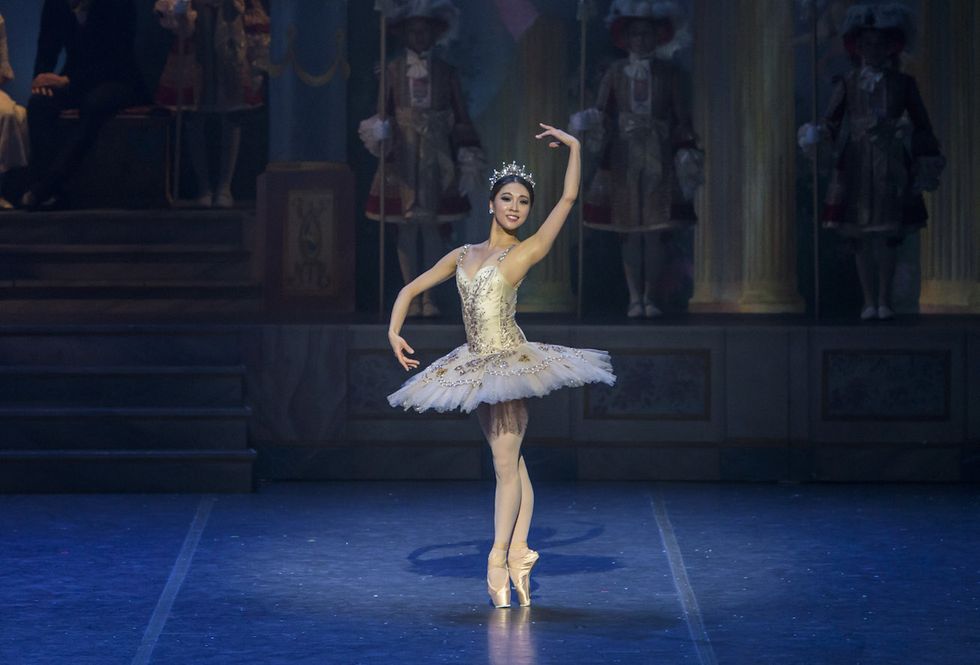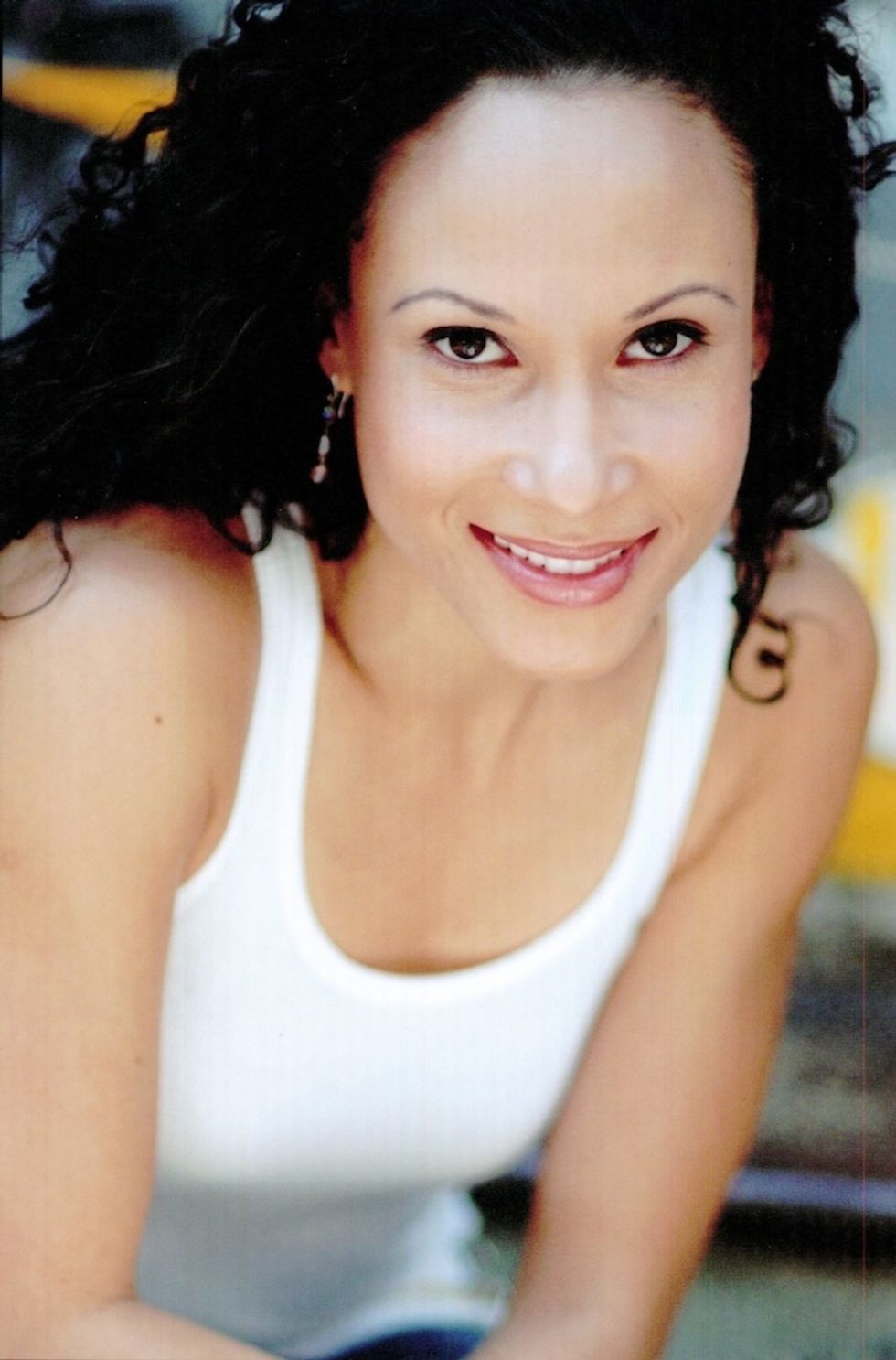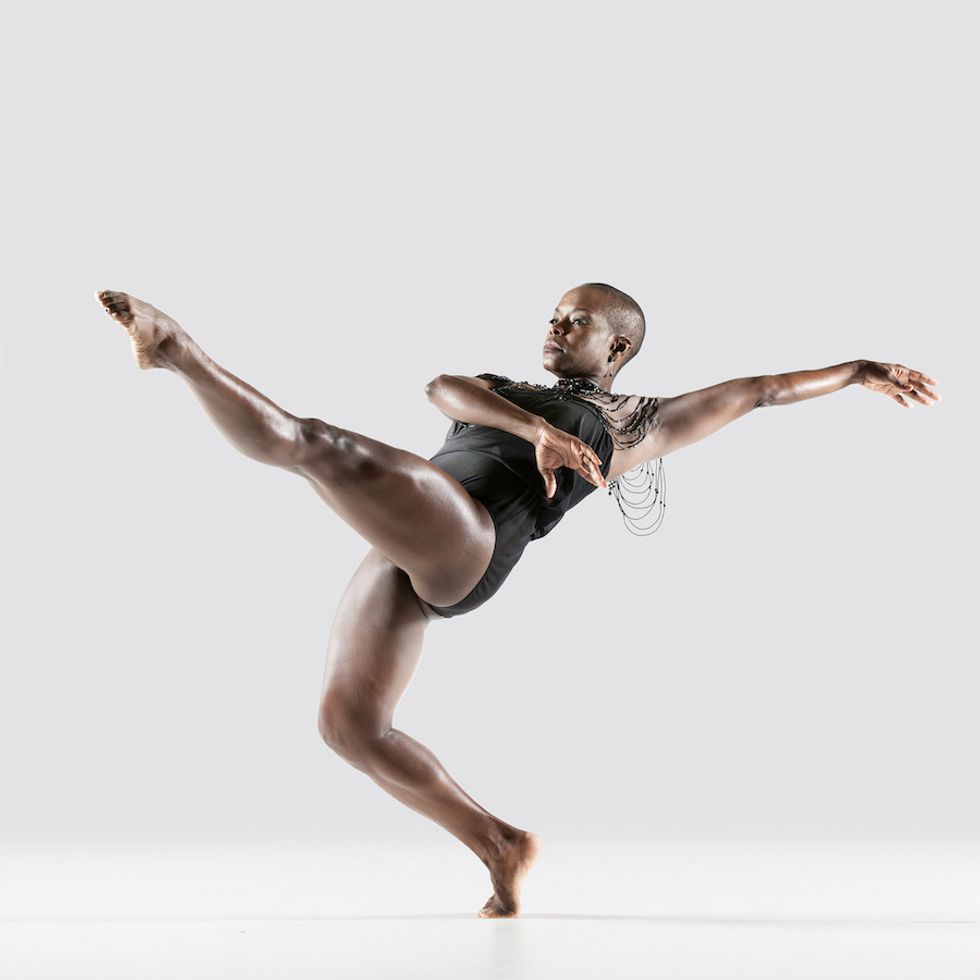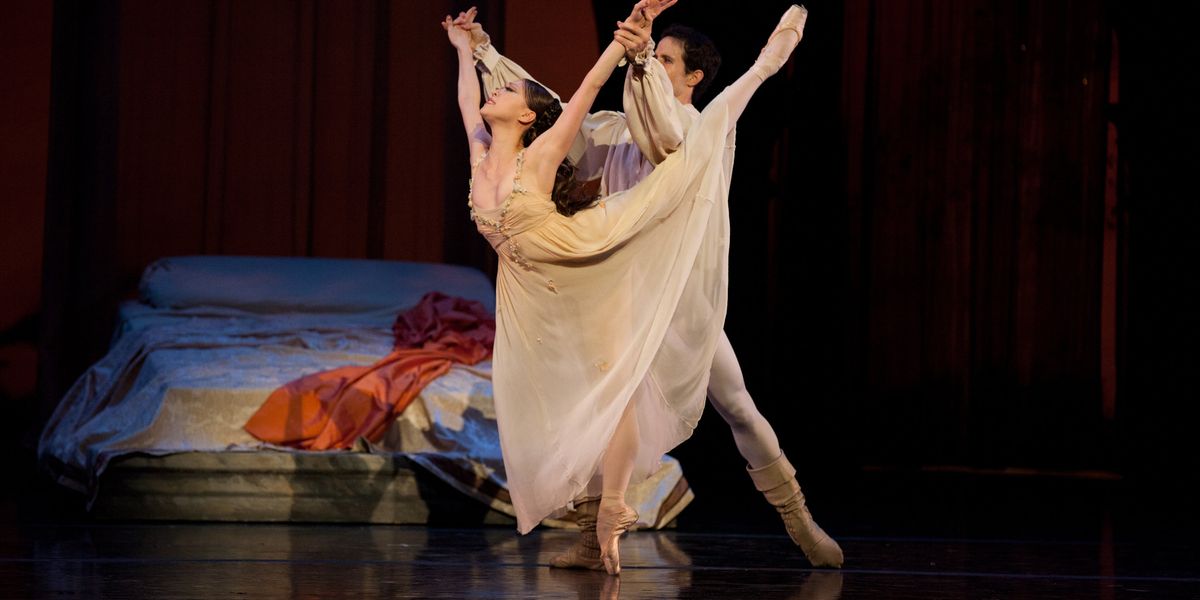You'd Never Know It Now, But These 3 Pros Bombed Their Early Auditions
In dance, no two paths look the same, and part of a healthy audition mind-set is accepting that you might not get what you want on the first try. These three dancers who auditioned multiple times for their dream gig share what made the difference in getting to the final cut.
Misa Kuranaga, principal dancer, Boston Ballet

Misa Kuranaga found that polishing her technique made the difference. Photo by Liza Voll, Courtesy Boston Ballet.
When Misa Kuranaga first attended an open call for Boston Ballet, she was in a vulnerable place. “It was right after I didn’t get a job at San Francisco Ballet,” she says. It was unusual for someone not to get a spot at SFB after apprenticing there. So, after she got cut from Boston’s audition right after barre, she knew she needed to do things differently.
“I decided to be jobless, go back to school and retrain from zero to fix my technique,” says Kuranaga. “I could only hide my weaknesses for so long, and I’d been stubborn about keeping my classical focus—that was holding me back.” She started taking advice about cultivating a more dynamic style, being exposed to more Balanchine and really integrating corrections in class. “I watched other dancers more, and as I became more open, it really clicked for me,” says Kuranaga. “I felt a difference in my turnout and footwork, but my legs almost weren’t the problem—my head was.”
Less than a year later, she took part in a directors’ showcase at the Monaco Dance Forum, an audition within a contemporary dance workshop, and received multiple offers—including one to join the corps at Boston Ballet. She became a principal dancer there in 2009. “I wouldn’t trade that detour for anything,” she says. “I love how I got here.”
Natalie Turner, swing, The Lion King on Broadway

Learning the business of Broadway was key for Natalie Turner. Photo Courtesy Turner.
When Natalie Turner walked into her first Lion King audition in 1998, she had just finished a scholarship program at The Ailey School. “I didn’t know what a Broadway call was like,” she says. “I was so nervous and untrained as a singer—I didn’t know how to project over the volume of the piano without screaming.”
After that first tough experience, Turner started working with a vocal coach and auditioned for The Lion King annually, always making it through every dance cut. “I grew tremendously once I had some practical experience on tour with The King and I, and I went on to be the swing for the Movin’ Out tour.” This ultimately helped her land her role at The Lion King after almost 10 auditions over nearly a decade. “The casting director called on my lunch break and said, ‘If you can swing Movin’ Out, you can swing anything,’ ” she says. “But what made the difference for me was better understanding the business of Broadway and putting in the work.”
Hope Boykin, company dancer, Alvin Ailey American Dance Theater

Hope Boykin turned audition rejection into fuel. Photo by Richard Calmes, Courtesy AAADT.
“My first audition for Ailey was completely illegitimate,” says Hope Boykin with a laugh. “As an Ailey School student you had to be asked to audition, but I snuck in—I would never recommend that, not only because a director won’t trust you but also because it didn’t matter. I got cut because I wasn’t ready.” Once she had finished school and was cut from her second audition, she thought her third would clinch it, but even after she was kept through the very end, she didn’t get the job.
Rather than getting discouraged, she got busy. “I made so much of that year—dancing with Philadanco, teaching, choreographing and just enjoying my life. By the time auditions came around again, I’d exhausted all the things I’d wanted to do. That was 18 seasons ago.” Helping with Philadanco auditions also gave her perspective. “I walked in less worried, having been in a situation where I knew what we needed for a piece compared to how many dancers were in the room,” says Boykin. “It could be that it’s just not your time. That doesn’t mean you shouldn’t continue to try. Instead, I used it as fuel.”




